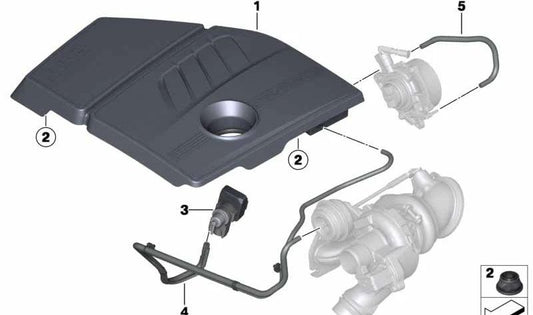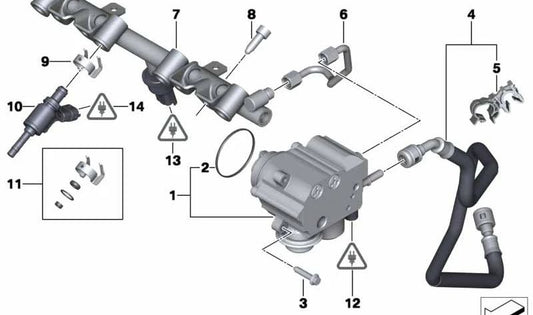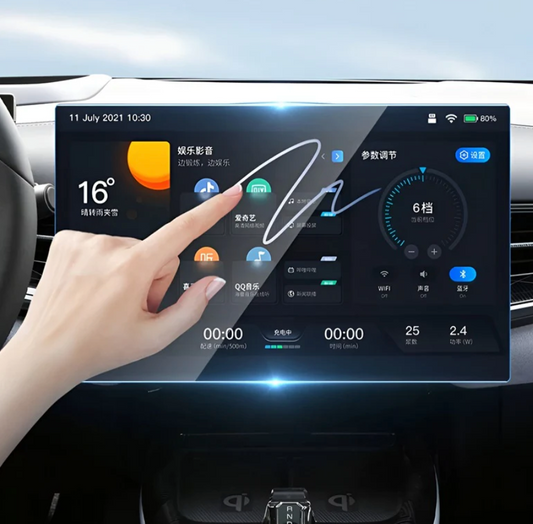Since its inception, BMW has been synonymous with innovation and advanced technology in the automotive industry. One of the highlights in the evolution of their cars is their steering technology , which has evolved significantly over the decades.
The Early Years: From Mechanical Steering to Hydraulic Assistance
In the 1930s and 1940s, BMW vehicles had mechanical steering systems, which required considerable effort from the driver. During this era, technology was limited to gears and rods that transferred motion from the steering wheel to the wheels.
The 1950s marked the arrival of hydraulically assisted steering , a major milestone in reducing steering effort. Iconic models such as the BMW 501 e BMW 502 were pioneers in the implementation of this system, which used hydraulic pressure to assist the driver when turning the steering wheel.
Electronic Advances: The Introduction of Electronically Assisted Steering
In the 2000s, electronically assisted steering (EPS) technology began to replace hydraulic systems. This advancement allowed for more precise steering and better energy efficiency. Models such as the BMW 3 Series E90 and the BMW X5 were some of the first to incorporate this innovative system.
Variable Steering: Maximum Precision in Every Curve
BMW continued its trajectory of innovation with the introduction of variable power steering , available on high-end models such as the BMW 7 Series . This system adjusts the steering ratio based on vehicle speed, providing superior maneuverability at low speeds and exceptional stability at high speeds.
Integral Active Steering Technology
An even more recent advancement is Integral Active Steering , which combines front and rear wheel steering to deliver an unparalleled driving experience. Introduced in the BMW 5 Series G30 , this system allows for a tighter turning radius and greater stability on the road.
The Future of Management at BMW: Artificial Intelligence and Autonomous Driving
BMW does not stop in its pursuit of perfection and looks to the future with the development of artificial intelligence and autonomous driving technologies. Steering will be a key component in these advancements, ensuring that driving remains safe and exciting even when vehicles are capable of steering themselves.
Ultimately, the history of steering technology at BMW is a testament to its commitment to innovation and excellence. From rudimentary mechanical systems to hydraulic, electronic and now autonomous assistance, BMW has led the way in offering drivers a superior driving experience.













